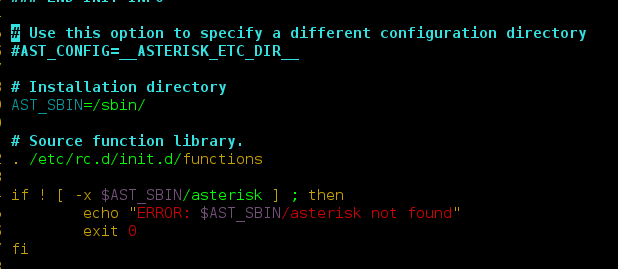Reversing a list means after reversing the list, the first element should be swapped with the last element, the second element should be swapped with the second last element, and so on till the middle element and the resultant list is the reversed list.
Example:
Input: "PLATFORM", "LEARNING", "BEST", "THE", "IS", "GFG" Output: Reverse order of given List :- [GFG, IS, THE, BEST, LEARNING, PLATFORM]
We can mainly reverse the list by three ways:
- Recursively
- Using Collections.reverse()
- Using List.add() and List.remove methods
Method 1: Using Recursion
The process in which a function calls itself directly or indirectly is called recursion and the corresponding function is called as recursive function.
Java
// Java Program to Reverse a List recursivelyimport java.io.*;import java.util.*;class GFG { public static <T> void revlist(List<T> list) { // base condition when the list size is 0 if (list.size() <= 1 || list == null) return; T value = list.remove(0); // call the recursive function to reverse // the list after removing the first element revlist(list); // now after the rest of the list has been // reversed by the upper recursive call, // add the first value at the end list.add(value); } public static void main(String[] args) { System.out.println( "Reverse order of given List :- "); List<String> gfg = new ArrayList<>( Arrays.asList("PLATFORM", "LEARNING", "BEST", "THE", "IS", "GFG")); revlist(gfg); System.out.println(gfg); }} |
Reverse order of given List :- [GFG, IS, THE, BEST, LEARNING, PLATFORM]
Time complexity: O(N) where N is size of list
Auxiliary space: O(N) for call stack
Method 2: Using Collections.reverse()
java.util.Collections.reverse() method is a java.util.Collections class method. It reverses the order of elements in a list passed as an argument.
Java
// Java program to reverse the list// using Collections.reverse() methodimport java.io.*;import java.util.*;class GFG { public static void main(String[] args) { List<Integer> number = new ArrayList<>( Arrays.asList(1, 2, 3, 4, 5, 6, 7, 8)); System.out.println( "Reverse order of given List :- "); // the number list will be reversed using this method Collections.reverse(number); System.out.println(number); }} |
Reverse order of given List :- [8, 7, 6, 5, 4, 3, 2, 1]
Method 3: Using List.add() + List.remove()
The List.add() method of List interface is used to append the specified element in argument to the end of the list.
The List.remove() method of List interface is used to remove the specified element in argument from the list.
Java
// Java program to reverse the list using List.add()// and List.remove() methodimport java.io.*;import java.util.*;class GFG { public static void main(String[] args) { List<Integer> number = new ArrayList<>( Arrays.asList(1, 2, 3, 4, 5, 6, 7, 8)); System.out.println( "Reverse order of given List :- "); for (int k = 0, j = number.size() - 1; k < j; k++) { number.add(k, number.remove(j)); } System.out.println(number); }} |
Reverse order of given List :- [8, 7, 6, 5, 4, 3, 2, 1]
Time Complexity: O(n)
Auxiliary Space: O(1)




